EWG Must Address Lack of Science, Role In Creating Safety Fears
3/14/2017 4:47 PM
There are now two peer reviewed studies from respected academic institutions (Johns Hopkins and Illinois Institute of Technology) with similar conclusions about how negative and confusing safety messaging may be impacting consumers and potentially discouraging consumption of fruits and veggies. Among the biggest culprits of advancing inaccurate, negative safety messaging – the Environmental Working Group (EWG).
For over two decades, through the annual release of its “dirty dozen” list, EWG has promoted the inaccurate concept that safe, healthy and popular produce items are “dirty” and “contaminated with pesticides.” But, in addition to this “list” being shown to possibly discourage produce consumption, it has been repeatedly discredited by the scientific community. In fact, a peer-reviewed analysis published in the Journal of Toxicology, found that EWG follows no established scientific procedures in developing their “list,” and EWG’s suggested substitution of organic forms of produce for conventional forms results in no decrease in risk for consumers because residues levels, if present at all, are so very low.
Here are some additional problems with the “dirty dozen” list from a scientific standpoint:
- Despite repeated requests over the years, EWG refuses to fully disclose their methodology for compiling their “list.”
- EWG’s “list” is not based on risk. (Quote from EWG report: “The EWG’s Shopper’s Guide is not built on a complex assessment of pesticide risks.”)
- EWG admits to using eight to ten-year-old sampling data to develop their “list.” In the case of strawberries, they combine 2014 data with 2009 data in order to exaggerate residue amounts, levels and findings. (Quote from EWG’s report: “When we added the 2014 test data to results from tests of 703 batches in 2009, strawberries displaced apples at the top of the Dirty Dozen ‘list.’”)
- EWG does not link to the USDA Pesticide Data Program report they state they base their entire “list” development upon in their “dirty dozen” report, in any press releases, blog posts, emails, social media posts, etc. (The reason: EWG doesn’t want consumers to see that the USDA states residues “do not pose a concern for consumers’ health.”)
- EWG contradicts itself and further confuses consumers. One day they are stating that conventional fruits and vegetables are “dirty” and “toxic laden” in their “dirty dozen” report and then they issue a different report and refer to those very same produce items as “best foods.”
- EWG has continually refused to submit their “dirty dozen” report and methodology for peer review.
The Alliance for Food and Farming strives each day to provide peer reviewed research, government reports and science-based information about safety and nutrition so that facts, not fears, can guide shopping choices. Whether consumers choose organic or conventional fruits and veggies, our goal is that they always choose to eat more of either or both every day for better health and a longer life. This goal and message is based upon decades of nutritional research which shows a plant-rich diet reduces the risk of cancer, heart disease, diabetes and obesity.
After 20-plus years, it is clearly time for EWG to rethink releasing its “dirty dozen” list until it can stand up to scientific scrutiny, is peer reviewed and published in a respected toxicology journal. In light of peer reviewed research regarding the possible negative impact on consumers, EWG must also assess and evaluate their role and responsibility for fear becoming a potential barrier to produce consumption.
Read, learn, choose but eat more organic and conventional fruits and vegetables every day for better health and a longer life.




Leave a Reply
Want to join the discussion?Feel free to contribute!